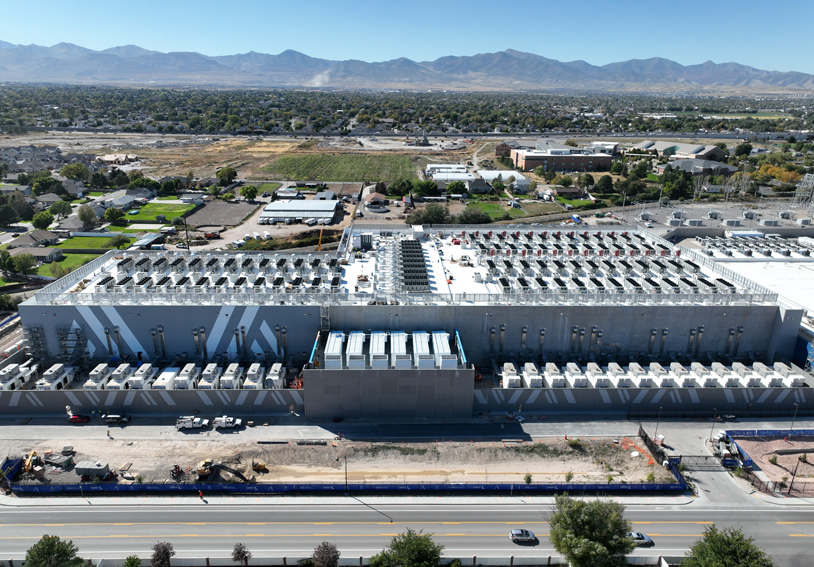Artificial Intelligence (AI) is rapidly transforming every industry and will stretch across all aspects of human life. Data centers are no exception. As AI applications continue to rapidly evolve, data centers need to adapt and evolve their design, specifically their electrical and mechanical infrastructure to accommodate these demanding workloads. There are key considerations for building future-proof data centers as AI continues to develop, such as these.
Scalability: The increased power densities of GPUs and clustering of AI platforms will drive the requirements for modular design, flexible power distribution and redundant infrastructure. High power densities are also key, says STO Mission Critical Senior Vice President Terence Deneny.
“Power requirements can exceed 70kW at the rack level. As these AI applications evolve, the demand for higher power densities in data centers will increase substantially,” he says.
Cooling Efficiency: AI applications running in data centers generate significant heat. AI will play a crucial role in optimizing cooling systems, dynamically adjusting power consumption and leveraging renewable energy sources.
Edge Computing: Owners may need to consider deploying edge computing resources closer to data sources to reduce network traffic and improve responsiveness for time sensitive AI applications.

Energy-Efficient Technologies: Energy-efficient technologies, such as high-efficiency transformers, LED lighting and variable speed drives, will help reduce energy consumption.
These factors—plus many others—support a strategic approach to data center construction and operations that can help make sure a data center remains competitive and futureproof in the ever-evolving world of AI.
